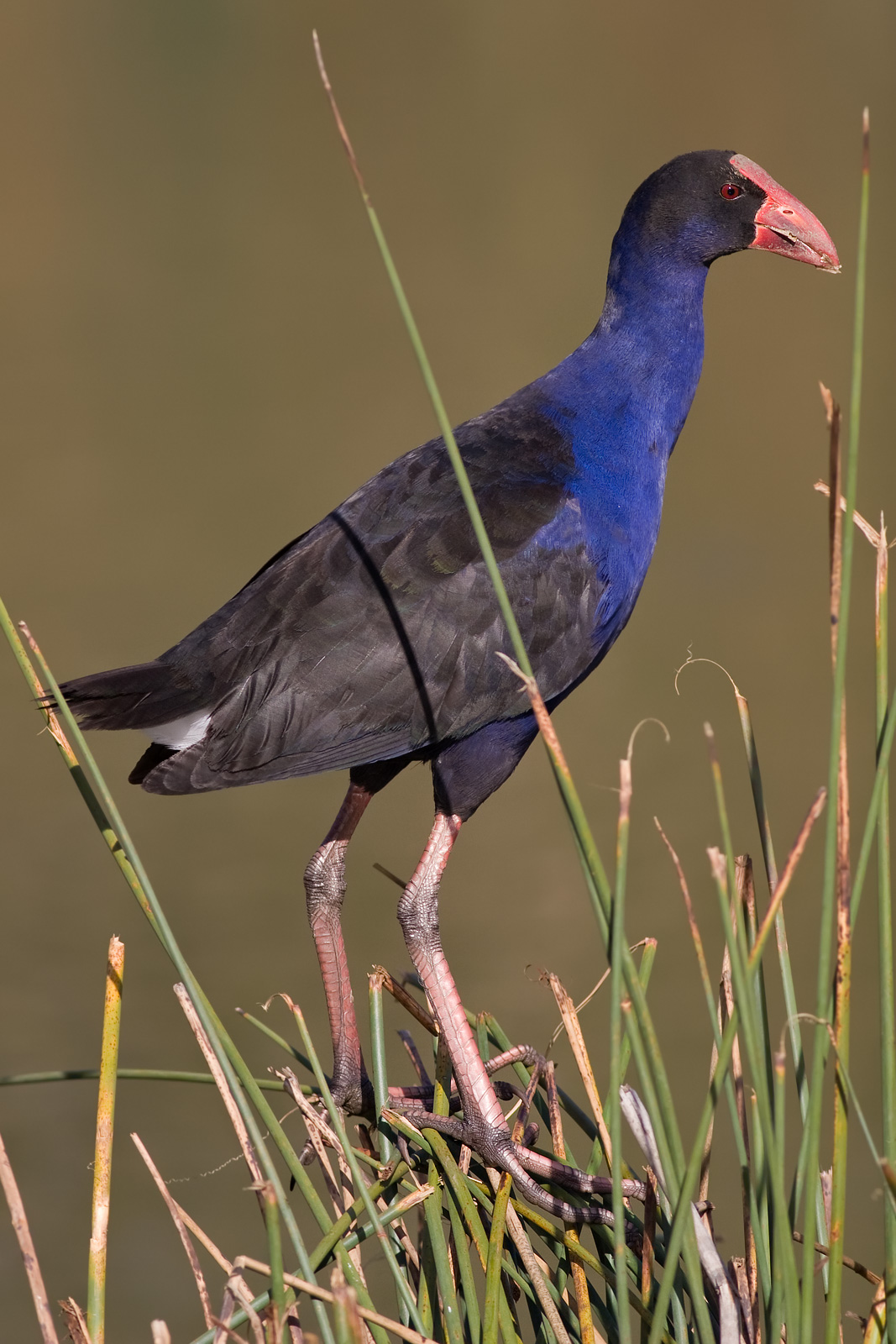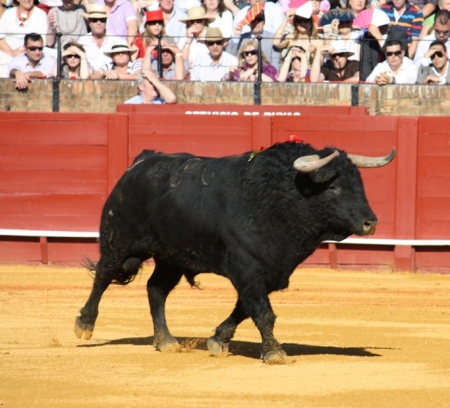|
Saucedilla
Saucedilla () is a municipality located in the province of Cáceres, Extremadura, Spain. It belongs to the Campo Arañuelo County (Comarca del Campo Arañuelo), the capital of which is Navalmoral de la Mata. According to the 2010 census (INE), it had a population of 859 inhabitants. Geography and nature The situation of Saucedilla is impressive. In the north, the vast bulk of the Sierra de Gredos and the Tiétar River; in the south and west, the Miravete Sierra (Casas de Miravete), the Tagus River (''Tajo'' in Spanish) and the Serrejón Sierra. The climate is Mediterranean. The village stands in an extensive plain of clayey grounds. Dehesa The municipality is surrounded by immense ''dehesas''. A dehesa is a light wood of holm oaks (''Quercus ilex'') or cork oaks (''Quercus suber''). There, the breeding (animal husbandry) of cattle, sheep (for meat and wool), goats (for meat and cheese), and pigs, ( Iberian pig) for meat like jamón ibérico (Iberian ham) and jamón serrano, ... [...More Info...] [...Related Items...] OR: [Wikipedia] [Google] [Baidu] |
Arrocampo Reservoir
(This article is a summary translation of Spanish article Embalse de Arrocampo of Wikipedia (es)) The Arrocampo Reservoir, (''embalse de Arrocampo'' or ''embalse de Arrocampo-Almaraz'' in Spanish), is located in the province of Cáceres, Extremadura, Spain. It was created at 1976 to refrigerate the turbines of the Almaraz Nuclear Power Plant. The nearest municipalities are Almaraz, Romangordo, Saucedilla and Serrejón. The dam is on the Arrocampo River (''arroyo Arrocampo''), very close to where this little river joins the Tagus. The Arrocampo reservoir as system to refrigerate the Almaraz Nuclear Plant The refrigeration of the Almaraz nuclear power plant was the first reason for the construction of the reservoir. The water is taken from the Tagus and cover a U-shaped circuit of 25 km which allows the cooling of the heat generated by the two nuclear reactors of the plant. (See the illustration of the water circulation in Arrocampo) (...) The walls of thermic separation ('' ... [...More Info...] [...Related Items...] OR: [Wikipedia] [Google] [Baidu] |
Campo Arañuelo
Campo Arañuelo is a comarca in Province of Cáceres, Cáceres, Extremadura, Spain. It contains the municipalities of Almaraz, Belvís de Monroy, Berrocalejo, Bohonal de Ibor, Casas de Miravete, Casatejada, El Gordo, Cáceres, El Gordo, Higuera, Higuera de Albalat, Majadas de Tiétar, Majadas, Mesas de Ibor, Millanes, Navalmoral de la Mata, Peraleda de la Mata, Romangordo, Rosalejo, Saucedilla, Serrejón, Talayuela, Tiétar, Cáceres, Tiétar, Toril, Cáceres, Toril, Valdecañas de Tajo, Valdehúncar. Notable for the Dolmen de Guadalperal, the "Spanish Stonehenge". Sources La Gaceta del Arañuelo - Las noticias del Campo ArañueloWeb oficial de la Mancomunidad de Municipios del Campo Arañuelo References [...More Info...] [...Related Items...] OR: [Wikipedia] [Google] [Baidu] |
List Of Municipalities In Cáceres
This is a list of the municipalities in the province of Cáceres in the autonomous community of Extremadura, Spain. See also *Geography of Spain Spain is a country located in southwestern Europe occupying most (about 82 percent) of the Iberian Peninsula. It also includes a small exclave inside France called Llívia, as well as the Balearic Islands in the Mediterranean, the Canary Isla ... * List of Spanish cities {{DEFAULTSORT:municipalities in Caceres Caceres ... [...More Info...] [...Related Items...] OR: [Wikipedia] [Google] [Baidu] |
John The Baptist
John the Baptist or , , or , ;Wetterau, Bruce. ''World history''. New York: Henry Holt and Company. 1994. syc, ܝܘܿܚܲܢܵܢ ܡܲܥܡܕ݂ܵܢܵܐ, Yoḥanān Maʿmḏānā; he, יוחנן המטביל, Yohanān HaMatbil; la, Ioannes Baptista; cop, ⲓⲱⲁⲛⲛⲏⲥ ⲡⲓⲡⲣⲟⲇⲣⲟⲙⲟⲥ or ; ar, يوحنا المعمدان; myz, ࡉࡅࡄࡀࡍࡀ ࡌࡀࡑࡁࡀࡍࡀ, Iuhana Maṣbana. The name "John" is the Anglicized form, via French, Latin and then Greek, of the Hebrew, "Yochanan", which means "YHWH is gracious"., group="note" ( – ) was a mission preacher active in the area of Jordan River in the early 1st century AD. He is also known as John the Forerunner in Christianity, John the Immerser in some Baptist Christian traditions, and Prophet Yahya in Islam. He is sometimes alternatively referred to as John the Baptiser. John is mentioned by the Roman Jewish historian Josephus and he is revered as a major religious figure Funk, Robert W. & the Jes ... [...More Info...] [...Related Items...] OR: [Wikipedia] [Google] [Baidu] |
Tagus River
The Tagus ( ; es, Tajo ; pt, Tejo ; see below) is the longest river in the Iberian Peninsula. The river rises in the Montes Universales near Teruel, in mid-eastern Spain, flows , generally west with two main south-westward sections, to empty into the Atlantic Ocean in Lisbon. Its drainage basin covers – exceeded in the peninsula only by the Douro. The river is highly used. Several dams and diversions supply drinking water to key population centres of central Spain and Portugal; dozens of hydroelectric stations create power. Between dams it follows a very constricted course, but after Almourol, Portugal it has a wide alluvial valley, prone to flooding. Its mouth is a large estuary culminating at the major port, and Portuguese capital, Lisbon. The source is specifically: in political geography, at the Fuente de García in the Frías de Albarracín municipality; in physical geography, within the notably high range, the Sistema Ibérico (Iberian System), of the Sierr ... [...More Info...] [...Related Items...] OR: [Wikipedia] [Google] [Baidu] |
Toril, Cáceres
Toril is a municipality in the province of Cáceres and autonomous community of Extremadura, Spain , image_flag = Bandera de España.svg , image_coat = Escudo de España (mazonado).svg , national_motto = ''Plus ultra'' (Latin)(English: "Further Beyond") , national_anthem = (English: "Royal March") , i .... The municipality covers an area of and as of 2014 had a population of 176 people. References Municipalities in the Province of Cáceres {{Extremadura-geo-stub ... [...More Info...] [...Related Items...] OR: [Wikipedia] [Google] [Baidu] |
Casatejada
Casatejada is a municipality located in the province of Cáceres, Extremadura, Spain. According to the 2006 census ( INE), the municipality has a population of 1,341 inhabitants. References Municipalities in the Province of Cáceres {{Extremadura-geo-stub ... [...More Info...] [...Related Items...] OR: [Wikipedia] [Google] [Baidu] |
Spanish Fighting Bull
The Spanish Fighting Bull (Toro Bravo, ''toro de lidia'', ''toro lidiado'', ''ganado bravo'', ''Touro de Lide'') is an Iberian Peninsula, Iberian heterogeneous cattle population. It is exclusively bred free-range on extensive estates in Spain, Portugal, France and Latin American countries where bull fighting is organized. Fighting bulls are artificial selection, selected primarily for a certain combination of aggression, energy, strength and stamina. In order to preserve their natural traits, during breeding the bulls rarely encounter humans, and if so, never encounter them on foot. History of the breed Some commentators trace the origins of the fighting bull to Aurochs, wild bulls from the Iberian Peninsula and their use for arena games in the Roman Empire.Fraser, Evan & Rimas, Andrew.Beef: The Untold Story of How Milk, Meat, and Muscle Shaped the World.'Harper Collins, London 2009 Although the actual origins are disputed, genetic studies have indicated that the breeding stock ... [...More Info...] [...Related Items...] OR: [Wikipedia] [Google] [Baidu] |
Jamón Serrano
''Jamón'' (, pl. ''jamones'') is a kind of dry-cured ham produced in Spain. It is one of the most globally recognized food items of Spanish cuisine. It is also regularly a component of tapas. Most ''jamón'' is commonly called ''jamón serrano'' in Spain''.'' ''Jamón'' is the Spanish word for ham. As such, other ham products produced or consumed in Spanish-speaking countries may also be called by this name. Description ''Jamón'' is typically consumed in slices, either manually carved from a pig's hind leg held on a ''jamonero'' stand using a sharp thin slicing knife, or cut from the deboned meat with a rotatory cold-cut slicer. It's also regularly consumed in any shape in small portions. As a product, ''Jamón'' is similar to Portuguese ''presunto'' and to Italian ''prosciutto'', but the production differs by a longer curing phase (up to 18 months), giving it a dryer texture, deeper color and stronger flavour than the former. A whole ''Jamón'' leg is considerably cheape ... [...More Info...] [...Related Items...] OR: [Wikipedia] [Google] [Baidu] |
Jamón Ibérico
''Jamón ibérico'' (; pt, presunto ibérico ), "Iberian ham" is a variety of ''jamón'' or ''presunto'', a type of cured leg of pork produced in Spain and, to a lesser extent, Portugal. Description According to Spain's '' denominación de origen'' rules and current regulations on ''jamón'', the dry-cured ''jamón ibérico'' must be made from either pure breed Black Iberian pigs or cross-bred pigs at least 50% Black Iberian mixed only with Duroc pigs, the same restriction as required to keep official ''ibérico'' denomination on any Spanish pork meat product. ''Jamón ibérico'', especially the one labeled ''de bellota'', has a smooth texture, rich, savory taste, and regular marbling. The fat content is relatively high compared to ''jamón serrano.'' Production Location The black Iberian pig lives primarily in the central and southwestern region of the Iberian Peninsula, which includes both Portugal and Spain. In Spain, the black Iberian pig is typically found in ... [...More Info...] [...Related Items...] OR: [Wikipedia] [Google] [Baidu] |
Animal Husbandry
Animal husbandry is the branch of agriculture concerned with animals that are raised for meat, fibre, milk, or other products. It includes day-to-day care, selective breeding, and the raising of livestock. Husbandry has a long history, starting with the Neolithic Revolution when animals were first domesticated, from around 13,000 BC onwards, predating farming of the first crops. By the time of early civilisations such as ancient Egypt, cattle, sheep, goats, and pigs were being raised on farms. Major changes took place in the Columbian exchange, when Old World livestock were brought to the New World, and then in the British Agricultural Revolution of the 18th century, when livestock breeds like the Dishley Longhorn cattle and Lincoln Longwool sheep were rapidly improved by agriculturalists, such as Robert Bakewell, to yield more meat, milk, and wool. A wide range of other species, such as horse, water buffalo, llama, rabbit, and guinea pig, are used as livestock in some ... [...More Info...] [...Related Items...] OR: [Wikipedia] [Google] [Baidu] |


.jpg)

.jpg)

